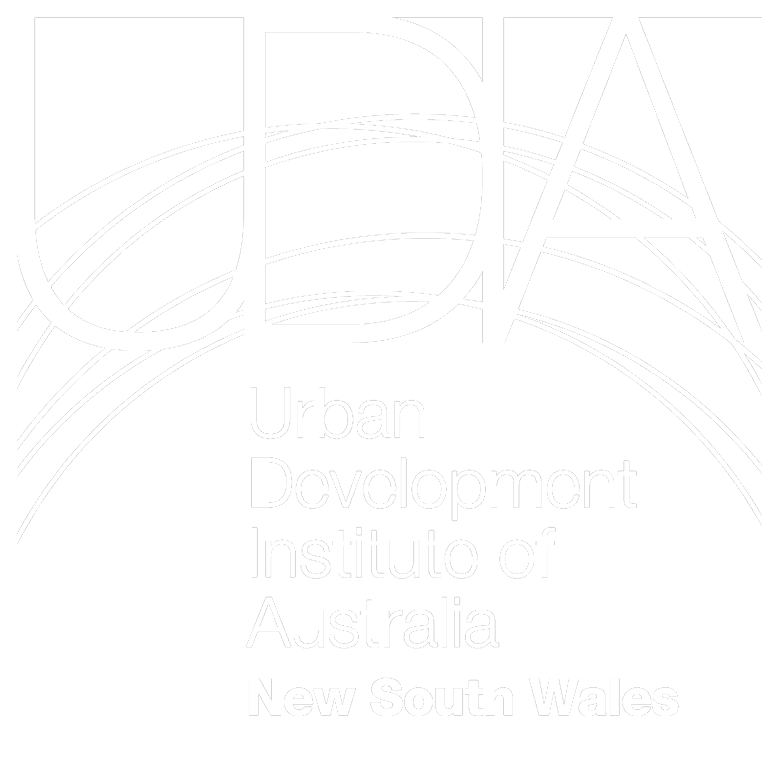The speech below was presented by Mr Steve Mann on UDIA TV on 17 September 2020
Today we’re here to talk about Western Sydney and this is a topic which greatly impacts us all. The Western Parkland City is so much greater than a housing opportunity in the West, it is about redefining all of Sydney, into a stronger position with other competing global cities like Singapore, San Francisco or London.
The second airport is the catalyst for a once in a lifetime city-shaping opportunity. It is predicted that the Western Parkland City with the Aerotropolis core will be Australia’s third largest economy by 2036, with over 1.5 million people anticipated to live in the area, alongside the creation of 200,000 jobs at the Aerotropolis across aerospace and defence, manufacturing, healthcare, freight and logistics, agribusiness, education and research industries.
The UDIA and its’ members want to see this come to fruition in its entirety and we are advocating for government and key stakeholders to continue to maintain this vision and not succumb to compromise, if we are to build a globally competitive Sydney.
UDIA NSW has previously published the Ready for Take Off document, which has reverse engineered what UDIA believes to be the necessary steps for enabling development in the Western City, but we are a long way off meeting these targets. The Aerotropolis SEPP, which has just been released, still needs work and we’ll be collaborating with our members and government stakeholders to ensure the best outcomes for the West and the PIC for infrastructure in GPEC and Aerotropolis are still to be resolved.
UDIA NSW has been working on our 3D city modelling platform, Urban Pinboard with data from leading research institutions and collaboration partners. We support an ‘iron spine’ metro rail connecting the West with the West from Tallawong in the North, to Macarthur in the south and the connection to Leppington linking our two Sydney airports. This essential transport infrastructure is what will accelerate growth in the Western Parkland City. We cannot rely on “build and they will come” – we must make a 21st Century Smart 30-minute city that is bounding with opportunity and is too good to miss out on.
The TOD centres down the iron spine will improve equity outcomes in the West by creating the opportunity to connect homes and jobs in the West with fast metro to the Nancy Bird Walton airport.
In the video playing we have used computational design to create a synthetic cadastre for the undeveloped parts of Western Sydney. The model is then linked to an AI Algorithm based on 3 million residential sales, to provide a valuation assessment and a synthetic city visualisation of the 15 TOD centres creating a new ‘String of Pearls’ Western Parkland City.
Using this data, the Urban AI model has 20,000 buildings forecast for the Western City TODs, and showcases the need for up to three more stations in Stage 1 of the Metro: a station at WSU’s joint campus with TAFE at Werrington, a second station at Orchard Hills and an employment hub station at North Badgerys Creek. The current plans for only six metro stations for the 23 kilometres are insufficient to support the kind of growth expected in the Western Parkland City.
UDIA is also working on an Urban Development Program Pilot in the South West by leveraging our technology to provide a clear line of sight for forward development and infrastructure coordination across Western Sydney.
I strongly believe that the creation and spread of jobs, the right diversity of housing, with sufficient transport links and the roll out of enabling infrastructure are going to be the four key pillars to build the liveable, affordable, and connected Western city, to get it right for our future generations.
